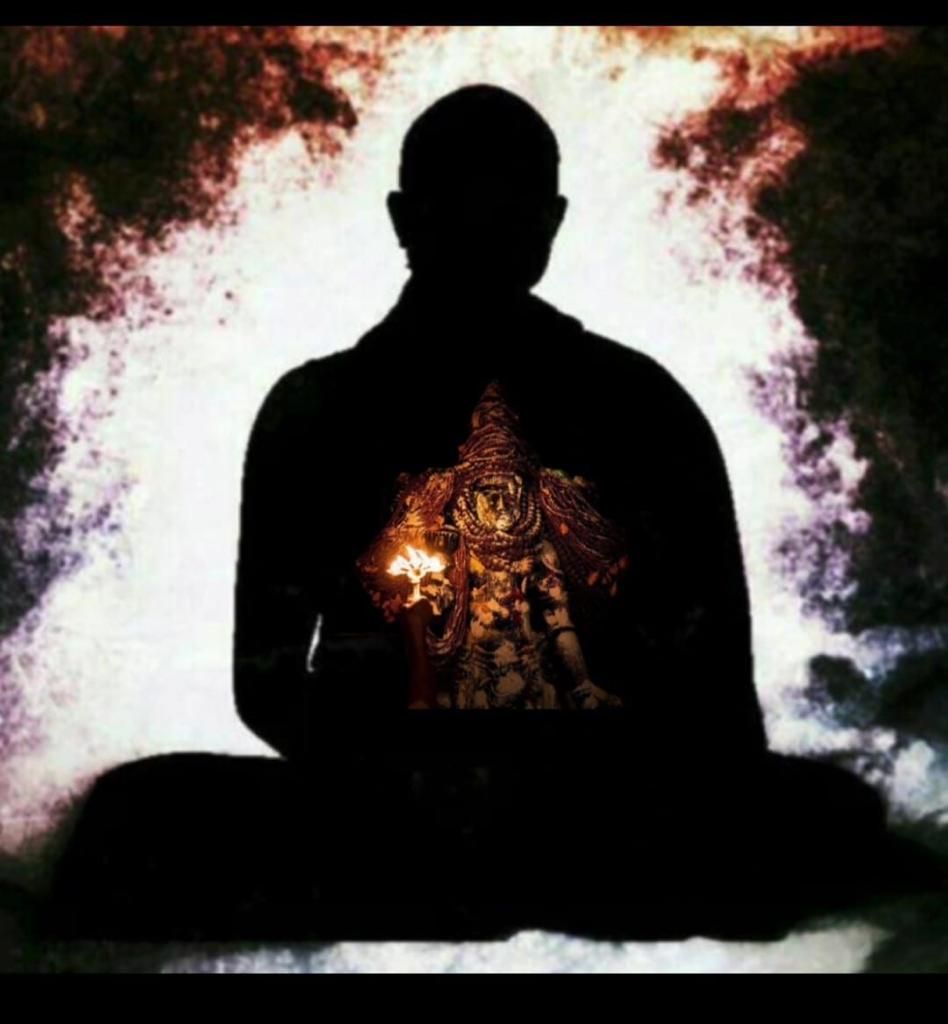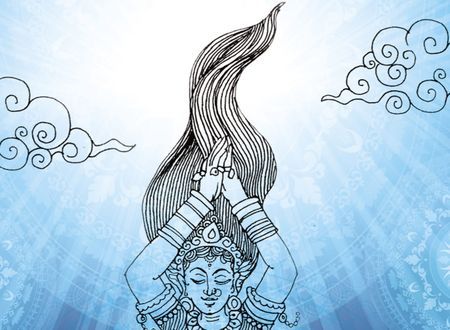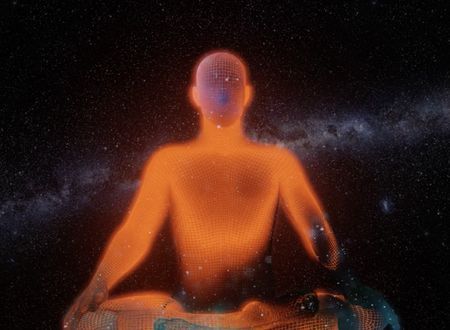Being born in a Catholic family, idol worship (similar to the Islamic faith) was forbidden as part of the 10 Commandments, taught to us during a bible study at church. Not knowing why, I use to always get perplexed, when, friends asked me,
“Willbur, why do you pray to the Cross?”
Before I answer that, here is a beautiful story of Swami Vivekananda with Maharaja Mangal Singh of Rajasthan, who one day casually said,
“The idols you Hindus worship are nothing but pieces of clay, stones or metals. I find this idol-worship meaningless.”
Vivekananda saw a portrait hanging on the wall of the court. Vivekananda approached the painting, looked at it, and asked the dewan (minister) of the court to take it down from the wall. It was a painting of Maharaja’s deceased father.
When the dewan took the picture down from the wall, Vivekananda asked him to spit on it. All were taken back and the dewan was horrified. The king was furious, “How dare you ask him to spit on my father?” he cried, in a tone of demanding an explanation.
Vivekananda saw the king was gripped. He smiled and politely replied,
“Your father, where is he? It is just a painting— colours on a piece of paper, not your father.”
Vivekananda’s reply followed the logic of the king’s previous comment on Hindu idols. So, he was perplexed and speechless and did not know what to say. Vivekananda once again politely explained to him:
“Dear Maharaja, this painting is not your father, but when you look at it, it reminds you about him, here, the painting is a symbol.
Similarly, when a Hindu worshipper worships an idol, the idol reminds him of his beloved deity and he feels the reverence and presence of the deity in the idol. Here the idol is a symbol that evokes ‘anubhuti’ (feelings & realisation).”
Wise words from a wise Soul indeed, isn’t it?
This beautiful story of Swami Vivekananda, tells us that, It’s not the idol we worship, but the symbol (meaning) it represents. Later in life, I was informed, that the mind initially needs a form to connect to and from there, the mind can move to the formless.
Same when we learn ABC as kids we connect sound to an image. Once we become fluent, we don’t need the sound or image. And the beauty of Hinduism is that we can literally choose from a million forms out there. We can choose whichever form we would want or like to connect with.
Krishna was loved in various forms by various people.
Yashoda loved him as an innocent, cute & mischievous child, Balaram saw him as a brother-in-arms, Gopis saw him as their lover, Arjuna saw him as his friend and later Guru while Duryodhana saw him as his foremost enemy etc. Same person, different connections and forms.
Same water, different form.
Choose your form.
Choose your idol (ideal).
And finally, go from your form to the formless.
As Swamiji, invokes in this beautiful prayer both the form and the formless.
ॐ पूर्णमदः पूर्णमिदं पूर्णात्पूर्णमुदच्यते ।
पूर्णस्य पूर्णमादाय पूर्णमेवावशिष्यते ॥
ॐ शान्तिः शान्तिः शान्तिः ॥
What is visible is infinite. What is invisible is also infinite.
Out of the infinite being, the finite has come, yet being infinite, only infinite remains.









Comments & Discussion
21 COMMENTS
Please login to read members' comments and participate in the discussion.